UX Design
This is a fairly new notion that has become popularised with the recent rise in design thinking. Prior to this design was often seen as simply a phase in the process near the end to spruce up the user interface. But with the rise of successful startups that have focused on design first has come to the realisation that building your entire product from a design-centric philosophy could give you significant advantages against your poorly designed competition.
"Design is product, product is design"
Garry Tan spent some time talking about this idea that design encompasses the entire experience users have with your product. This is a fairly new notion that has become popularised with the recent rise in design thinking. Prior to this design was often seen as simply a phase in the process near the end to spruce up the user interface. But with the rise of successful startups that have focused on design first has come the realisation that building your entire product from a design-centric philosophy could give you significant advantages against your poorly designed competition.
“Great design is invisible, bad design gets noticed”
Jason Putorti brought up this quote from one of his idols in the field, Jared Spool. One of the common misconceptions that he talked about with design was the idea that it was simply about the pretty visuals designers were asked to incorporate near the end of the cycle. Jason instead talked about how it’s much more about being intentional with the entire user experience. And frankly the best design is the design that goes unnoticed. The design that you don’t even think of. Think Apple and the iPhone. You forget about the product interface and focus completely on the content you are consuming. And that is part of the brilliance of it’s design.
“Designers need to have a vision for the product. A/B testing will not get you to a vision.”
Jason Putorti also talked about the fact that while A/B testing and metrics have their place, they are no replacement for having a strong vision early on. And oftentimes the best feedback early on is qualitative in nature and around whether your customer’s pain is really being solve by the product you are putting out.
In the subsequent table discussion, we talked about a variety of ways to get at this crucial feedback. The obvious choice is conducting usability studies with your users. But for early stage startups this can often be very expensive and time consuming. Instead, we brought up a variety of cheaper alternatives to this. For example, UserTesting.com provides a quick way to conduct an online user study and get immediate feedback on your product. In addition, Olark or SnapEngage enable simple online chats with your current users to hear about their pains and have them reach out when there are issues. And we also talked about instrumenting your product so that any negative user event, such as a low star rating within the product or downgrading a paid account, results in an email being fired off to your team who can then respond immediately to address or at the very least learn from their issues.
“Done is better than perfect”
Kate Aronowitz later brought up in the conversation a famous motto at Facebook: done is better than perfect. Kate spoke about how this can be quite hard at times at Facebook since when you bring together some of the world’s top designers, perfection is their ultimate goal. Yet shipping bits, getting real user feedback, and iterating is of even greater important and they often release before designers ever feel their work is done. Kate suggested this is exactly the kind of culture you want to build into your organisation to make sure that you are always pushing the envelope with your actual users, not just in your lab.
“The ideal startup team consists of: a designer, a hustler, and a hacker”
Garry Tan brought up this recent quote that has been going around the valley about the makeup of the ideal early stage startup team. Only recently has it become popular to seek out a designer as a founder or one of the earliest employees.
We talked about a variety of tactics to help startups hire rockstar designers. The talent crunch for designers mirrors what is happening for top engineers, so all the same best practices from last month’s Startup2Startup apply. In addition, the panelists suggested looking outside of the valley cohort of designers since they are all in high demand. Instead they suggested taking bets on younger designers who have a great portfolio but maybe not a great set of production apps they have built. Jason, for example, noted that Aaron Patzer took a chance on him, given that he didn’t have much app experience, but instead design agency experience.
But that worked wonderfully given how much recognition Jason has received for his work at Mint. So keep a look out for folks that have great design fundamentals, even if that’s in other mediums like print, because it can carry over well to the web apps world as well.
Taken from Sachin Rekhi
















